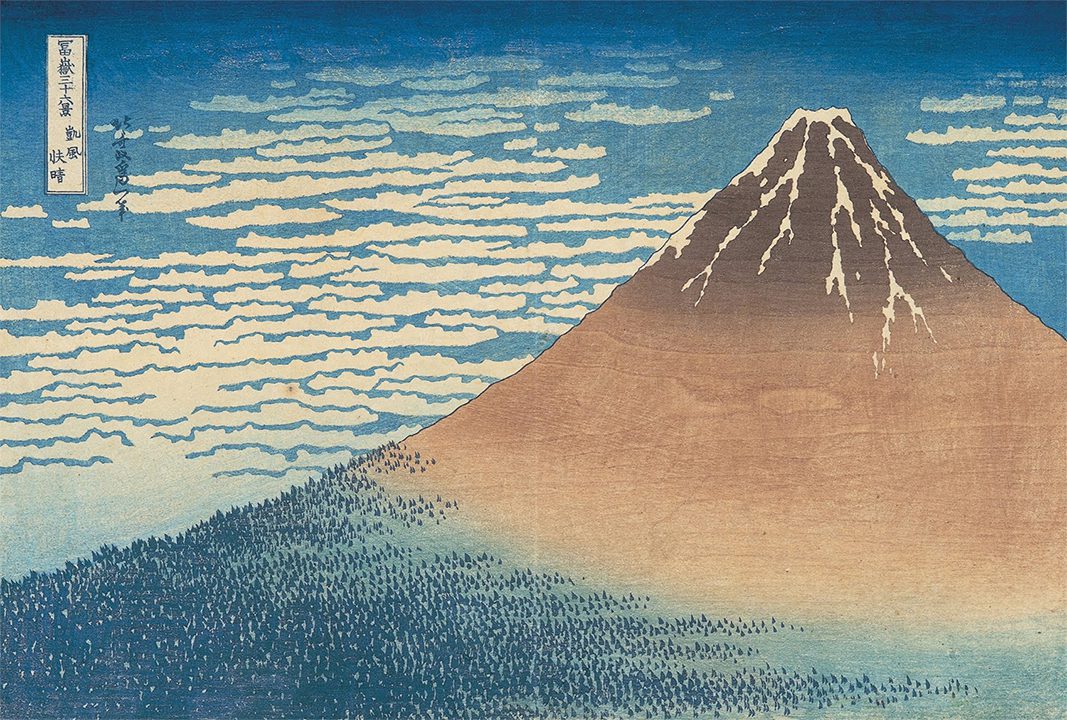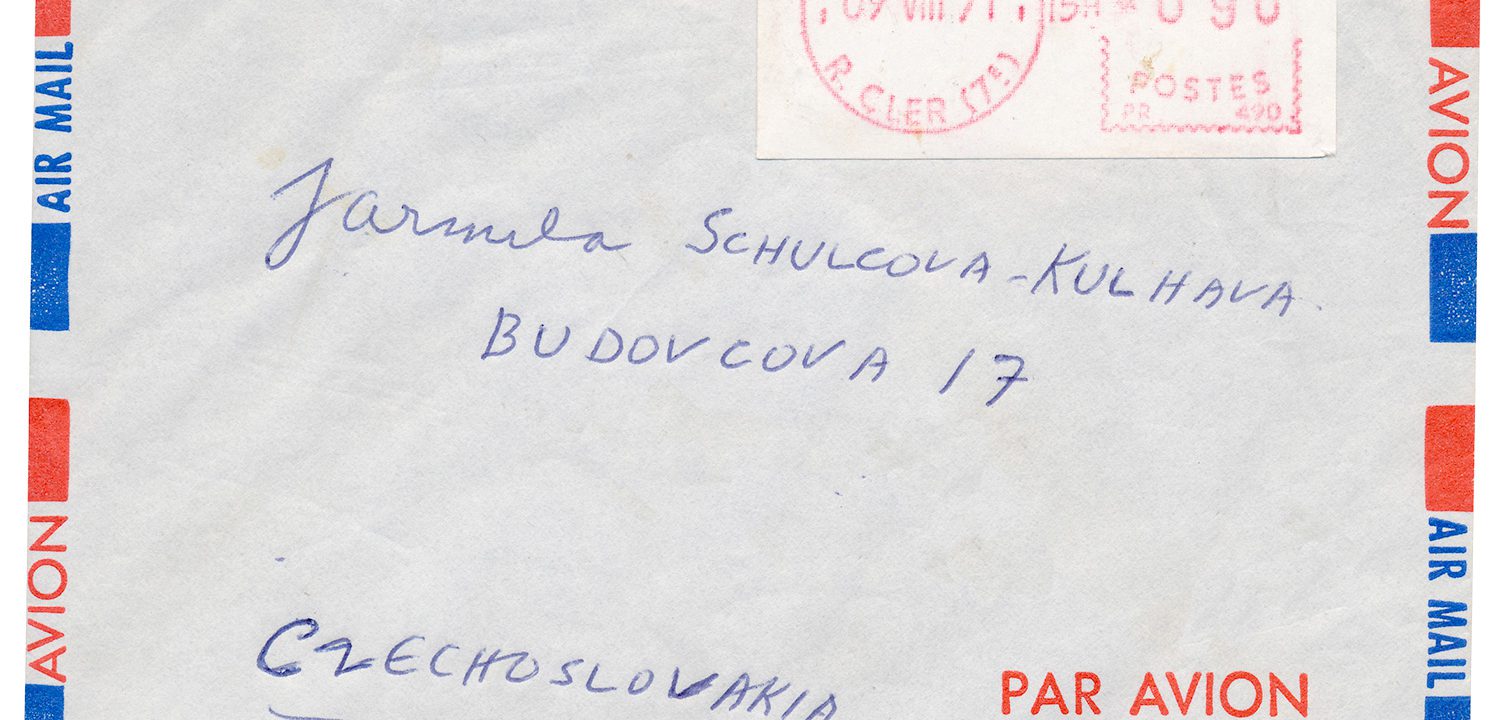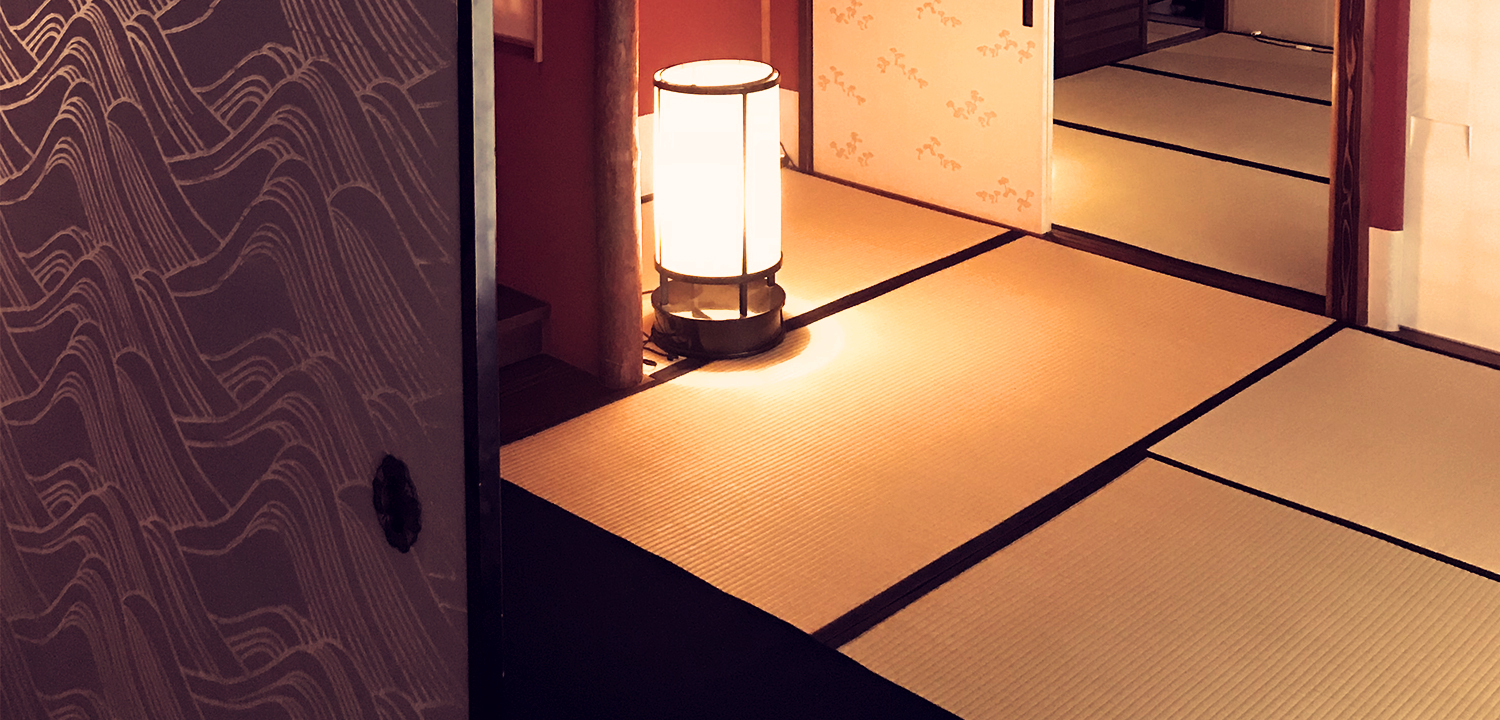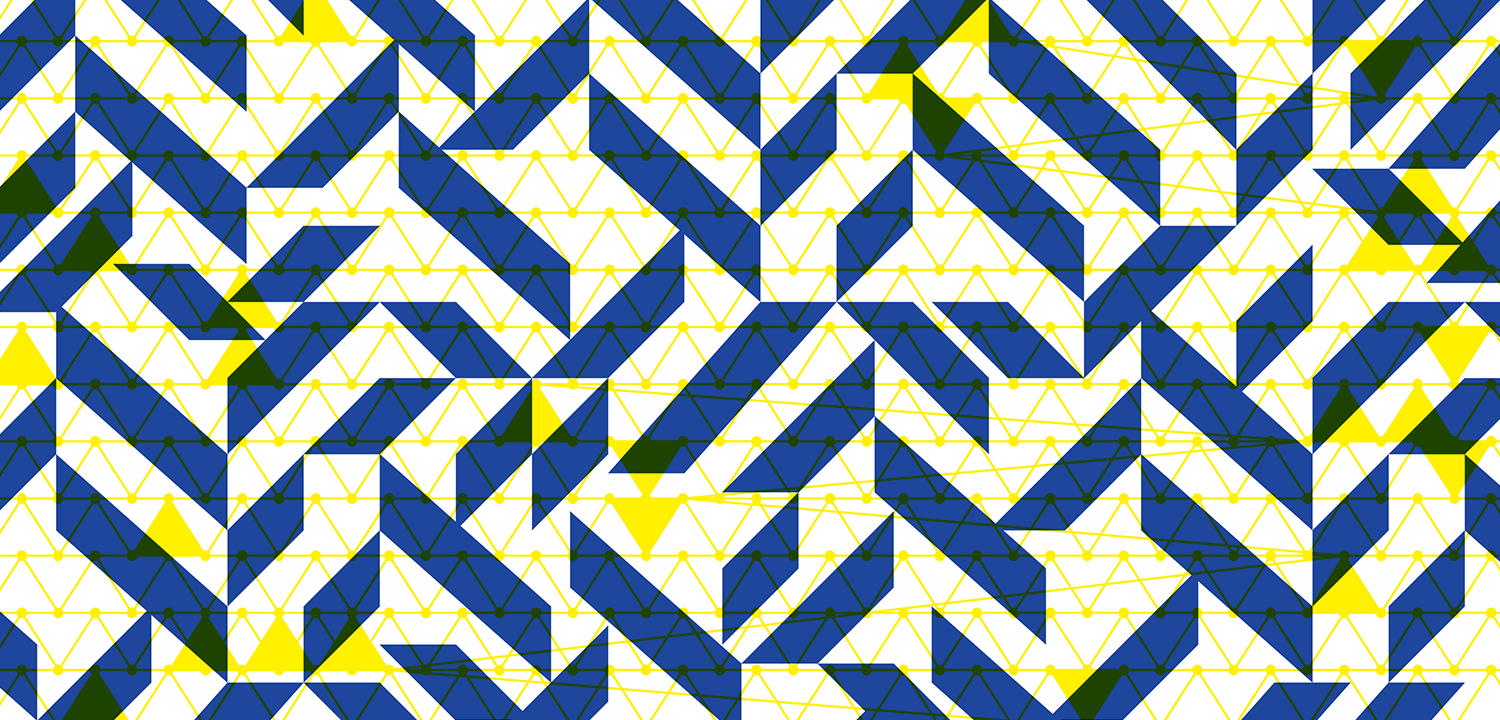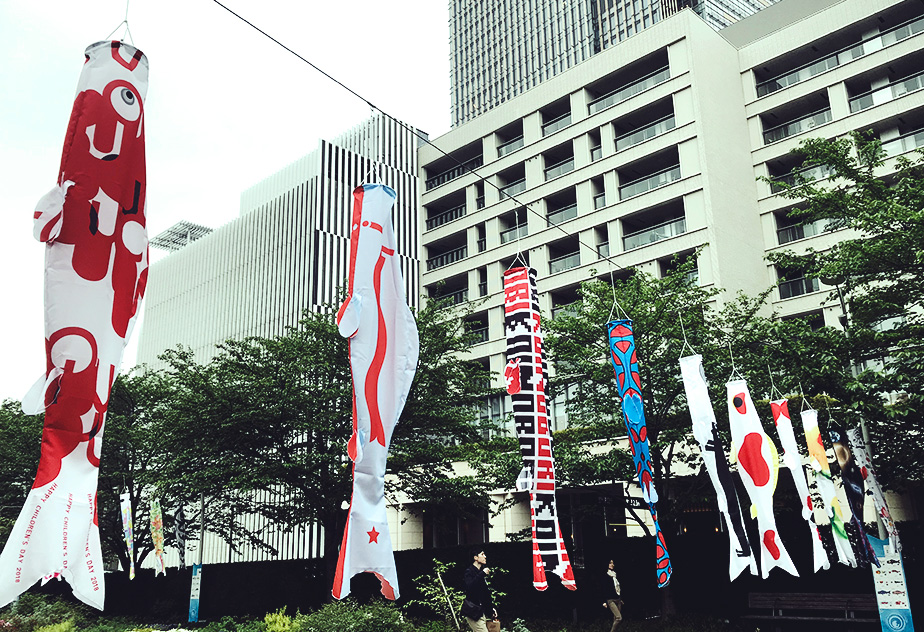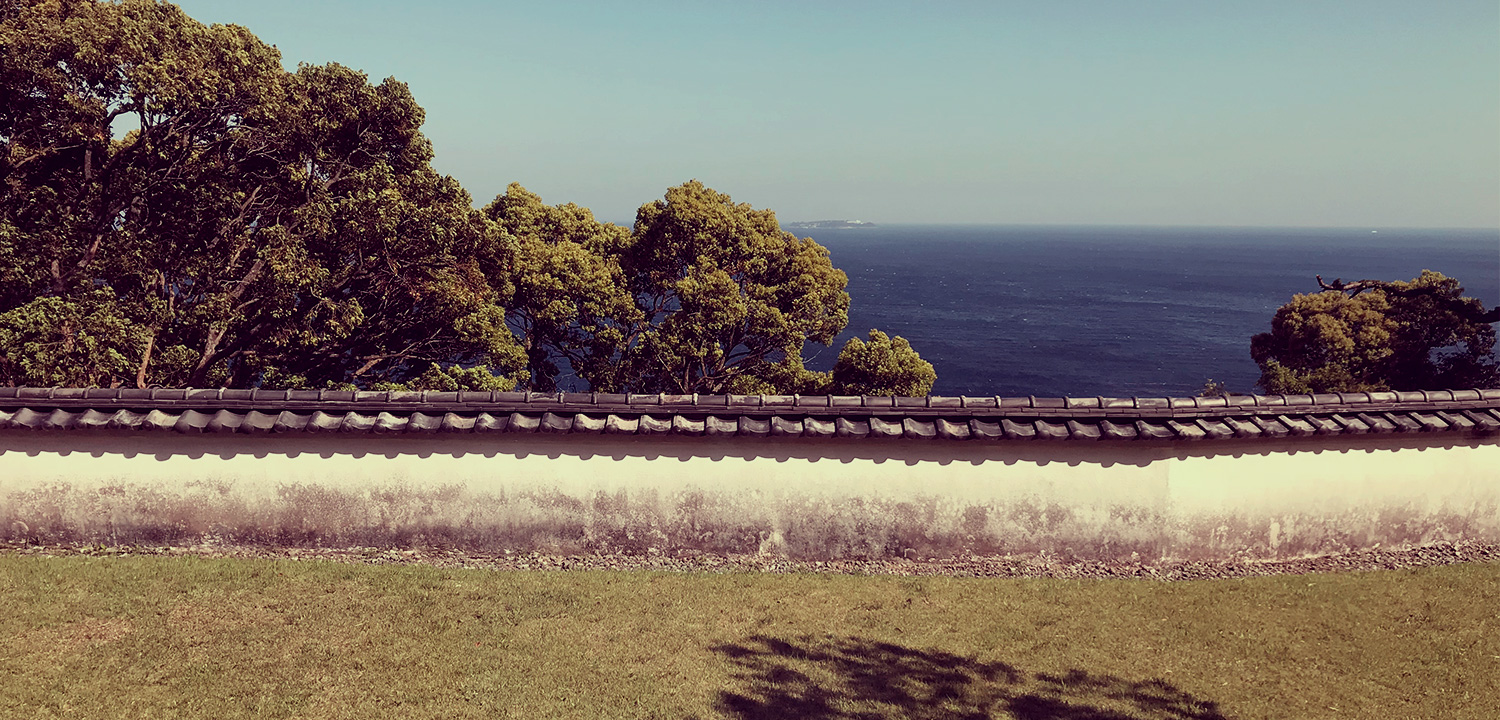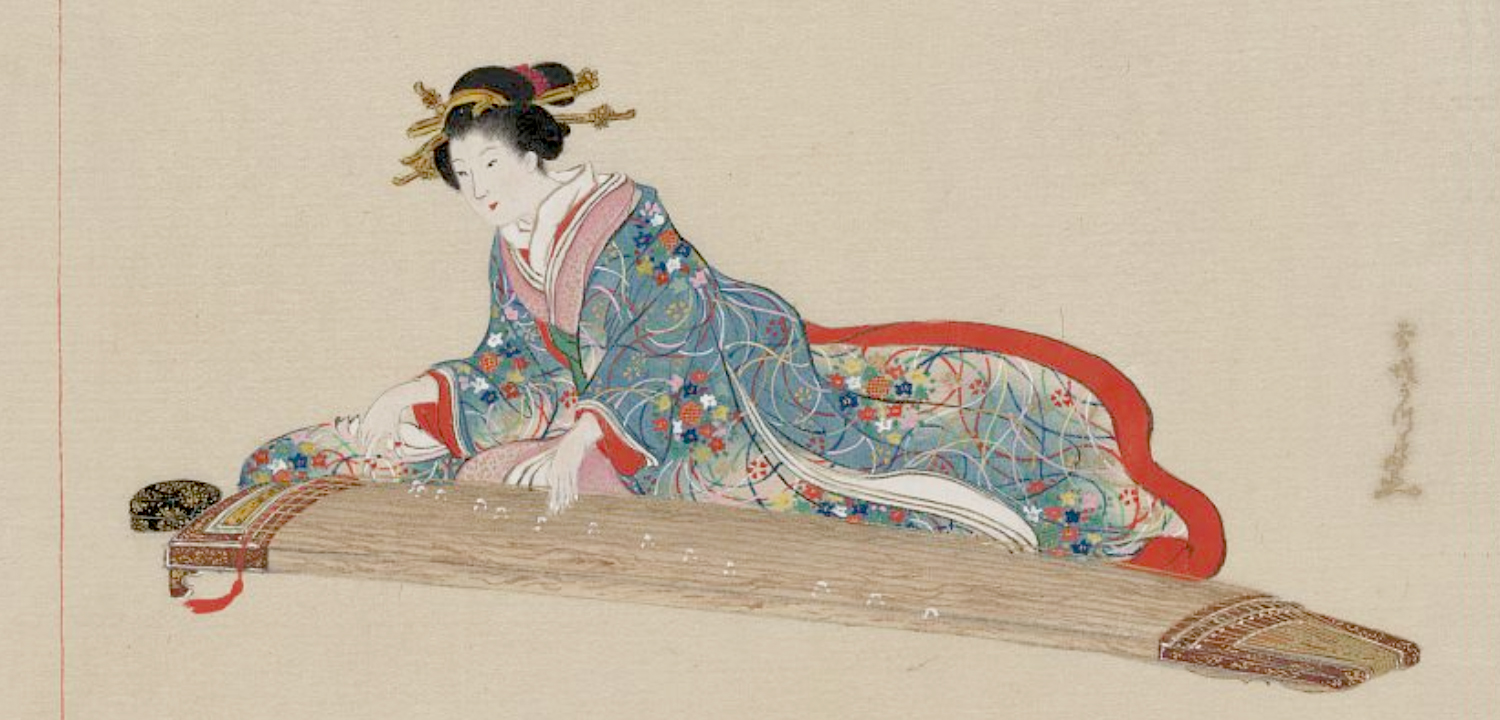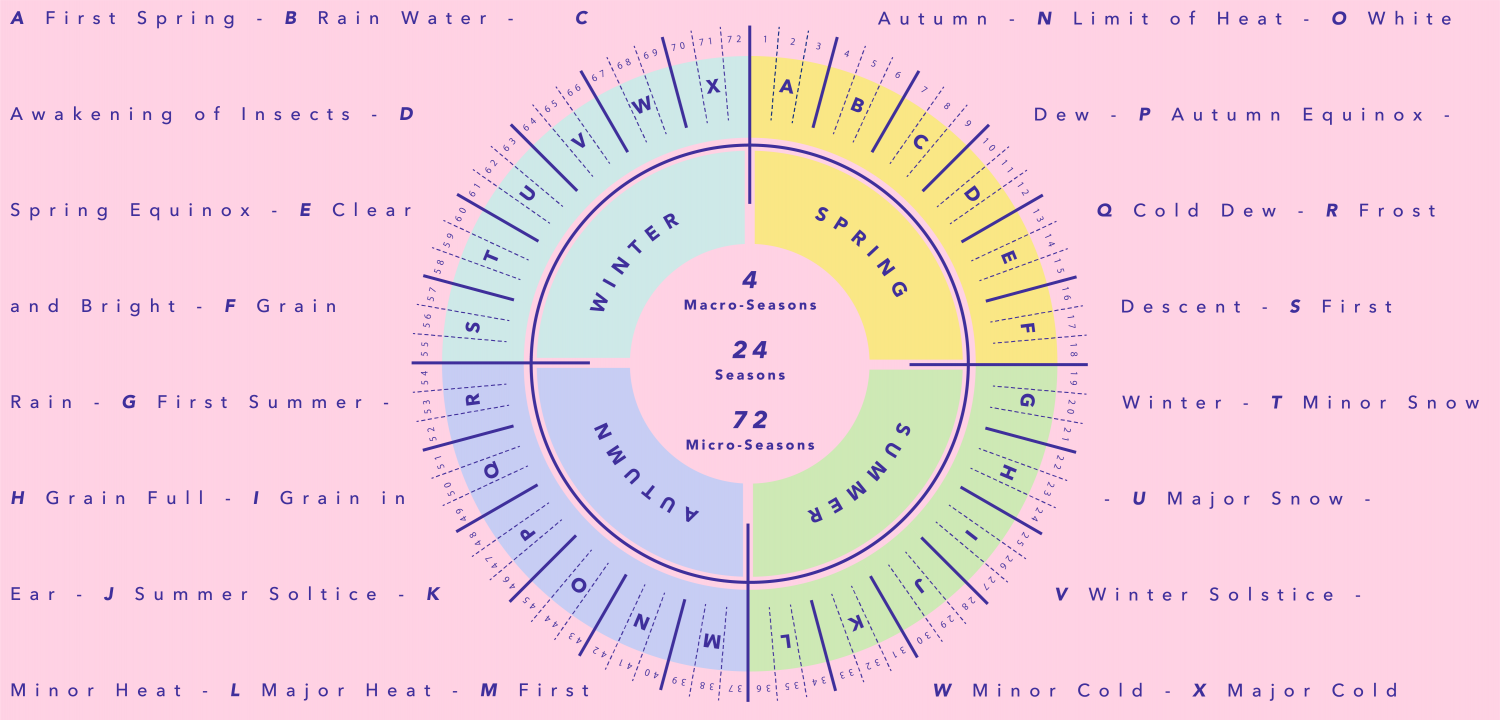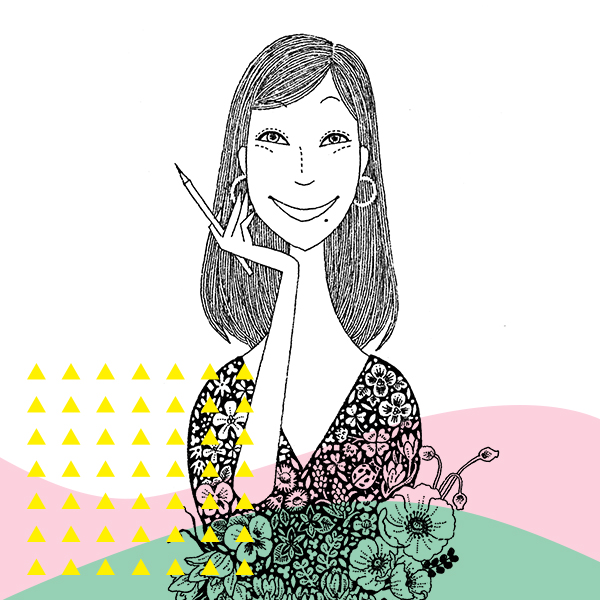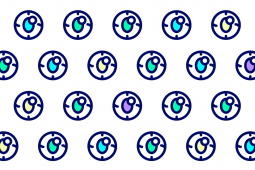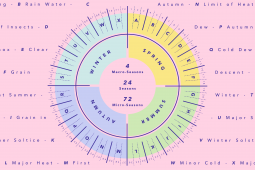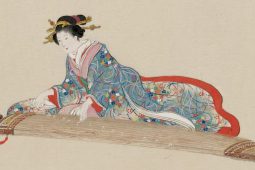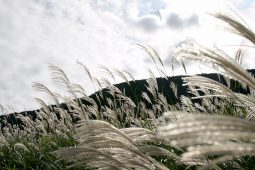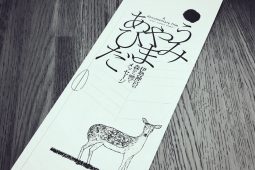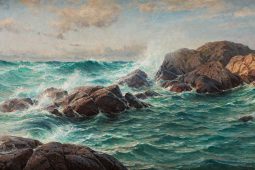I am interested in both antiquity/traditional and contemporary art as well, and I have been interested in Ukiyoe recently. I often go to museum to see it or read books about it. I thought again that Ukiyoe is an interesting genre of paintings because there were opportunities to see Hokusai Katsushika works by chance – The Sumida Hokusai Museum (Museum), Hokusai: Old Man Crazy to Paint (Movie), Hokusai and Hiroshige―The Thirty-six Views of Mt. Fuji and the Fifty-three Stages of the Tōkaidō (Museum), Kurara: The Dazzling Life of Hokusai’s Daughter (Japanese TV Drama).
Today I write about what is real and how to see arts with “Fine Wind, Clear Morning” Thirty-six Views of Mount Fuji series by Hokusai Katsushika.
First the big point is art is a wood block print, not painting. Painting is only one thing but wood block print is able to make copies which means there are a lot of “real”. Usually the first printed 200 copies are called “Shozuri (first print)”, they are printed according to instructions of painter. Atozuri (after print) which is printed after Shozuri is printed by printer.
Nowadays the “Fine Wind, Clear Morning” is very popular, and seems also it was popular in the Edo period. According to one thesis is it was sold the most.
It means the look becomes different because wood block print is made by wood, the wood gets worn out so the line has changed. Also sometimes it reduced the process without squatting delicate blurring plates, it becomes a color of the taste of the printer, it was sold good sell colored prints. The more the number, the more “real” is produced.


